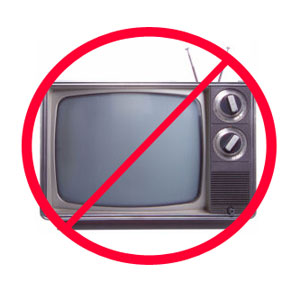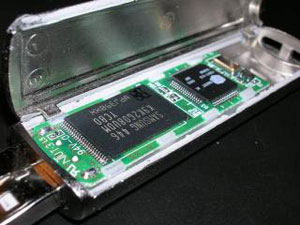 Five technological advancements in the last decade have led to the current trends in consumer electronics. Without these advancements, we would not have iPods, digital cameras, TiVos or Blackberries as well as many other electronic devices.
Five technological advancements in the last decade have led to the current trends in consumer electronics. Without these advancements, we would not have iPods, digital cameras, TiVos or Blackberries as well as many other electronic devices.
1. Broadband Internet
In 2000, high speed Internet became readily available in the US. Between 2000 and 2003, usage of high speed Internet grew 24% in the United States. In 2006, 69% of all homes had some kind of Internet access at home and 60% of those connections were high speed connections of some kind. Can you imagine trying to watch movies online, buy music, or just surf the web without the benefits of high speed Internet?
2. Digital Television Transition
In 1996, the US Congress allowed for an additional broadcast channel for each TV station so that the stations could begin broadcasting simultaneously in both digital and analog. Since June 13, 2009, all full-power U.S. television stations have broadcast over-the-air signals in digital only. This switch to all digital television broadcasting allowed the government to auction part of the broadcast spectrum. The sale of these frequencies has led the way for the development of 4G wireless networks.
3. Wireless Networks
3G networks were first introduced to the United States in 2003. Now many major mobile phone providers have their own networks. The development of these networks has given way to cell phones with fast Internet access allowing for various applications and web browsers to be included in cell phones. More devices are appearing each day with 3G capability including electronic book readers and tablet computers.
Many people now have Wi-Fi at their homes. Wi-Fi is also available for free at many public places including coffee shops and airports. No one is ever far away from the ability to connect to the Internet.
4. Flash Memory
 Flash memory is a computer storage technology that can be electrically erased and reprogrammed and requires no power. Flash memory was invented by Dr. Fujio Masuoka while working for Toshiba in the 1980’s. After many years this stable solid state memory is very affordable. This memory is used in cards for use in digital cameras, cell phones and hand-held videos games. It is also used in mp3 players and some laptop computers. The significant drop in price means digital camera have bigger files sizes, mp3 players can hold thousand of songs and even large files are incredibly portable without the need to burn CDs or have floppy disks.
Flash memory is a computer storage technology that can be electrically erased and reprogrammed and requires no power. Flash memory was invented by Dr. Fujio Masuoka while working for Toshiba in the 1980’s. After many years this stable solid state memory is very affordable. This memory is used in cards for use in digital cameras, cell phones and hand-held videos games. It is also used in mp3 players and some laptop computers. The significant drop in price means digital camera have bigger files sizes, mp3 players can hold thousand of songs and even large files are incredibly portable without the need to burn CDs or have floppy disks.
5. Digital Cable Connectivity
In order for digital devices to become smaller, a new way to connect these devices to your computer was needed. USB development began in 1994 by seven companies: Compaq, DEC, IBM, Intel, Microsoft, NEC and Nortel. USB was introduced in 1996. The first widely used version of USB was 1.1 introduced in 1998. USB 2.0., a much faster and more quickly adopted version of USB was introduced in 2000. USB 2.0 has transfer rates of up to 480Mbps. Today almost all electronic devices including mp3 players, digital cameras and cell phones have USB 2.0 connectivity.
Without these five major advancements, the consumer electronics we have all come to enjoy and rely on would not be possible. Our digital cameras would be bigger and slower and pictures size much smaller. The Internet would not be available where ever we were. MP3 players would not be able to hold thousands of songs and we would actually have to watch TV on the television.
From more information about these technologies and other great inventions check out the Winter 2010 issue of Invention & Technology Magazine.
